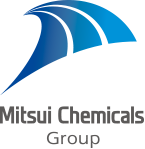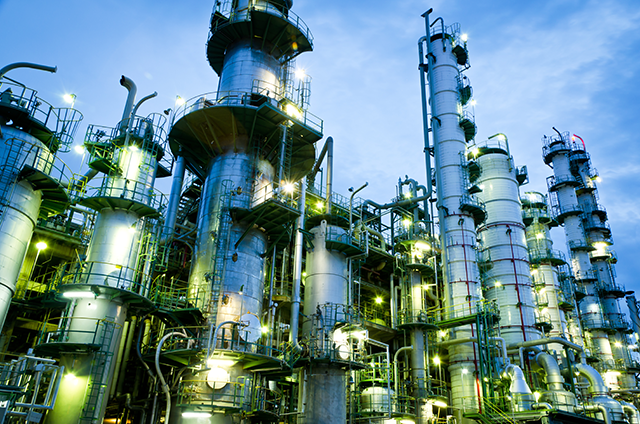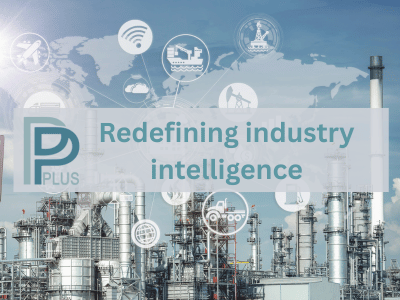Historical Development and Technology Evolution
Mitsui's phosgene and isocyanate technology development evolved through a series of strategic corporate transformations spanning over three decades:
- Mitsui Toatsu Chemicals, Incorporated (1968-1997), formed by merging Toyo Koatsu Industries and Mitsui Chemical Industry, established the foundational phosgene manufacturing and isocyanate production technologies in the 1980s (US4922005A);
- Mitsui Takeda Chemicals, Inc. (2001-2006), a brief joint venture with Takeda Chemical Industries, focused on advanced continuous polyisocyanate production systems with process intensification technologies (WO2006109576A1);
- Mitsui Chemicals, Inc. (1997-present), created through the merger of Mitsui Toatsu Chemicals and Mitsui Petrochemical Industries, which inherited and further developed the complete technology portfolio into mature integrated systems featuring >90% chlorine recycling, comprehensive automation, and environmental optimization, establishing Mitsui as a leader in integrated phosgene-isocyanate production technology:
Phase 1: HDI Process Development (1985-1990)
- US4922005A (1985): Initial breakthrough in high-concentration HDA·HCl slurry preparation and continuous phosgenation
- Key Innovation: Two-stage continuous tank reactor system with comprehensive phosgene recovery and recycling
- Operating Pressure: Optimized at 1-3 kg/cm²G for enhanced phosgene recovery while minimizing by-products
Phase 2: Integrated Polyisocyanate Systems (2005-2008)
- WO2006109576A1 (2006): Continuous circulation reactor technology with high-shear mixing for enhanced mass transfer
- US2008154066A1 (2008): Complete integrated polyisocyanate production system with >90% chlorine recycling
Phase 3: Advanced Process Intensification (2011-2012)
- JP4712422B2 (2011) and JP2012233004A (2012): Adanced circulation loop reactors with real-time process control
- Focus: Process intensification, yield optimization, and enhanced safety through design
Comprehensive Process Description
Carbonyl Chloride (Phosgene) Generation System
Primary Synthesis Reactor
- Reaction: CO + Cl₂ → COCl₂ (ΔH = -107.6 kJ/mol)
- Catalyst: Activated carbon (granular, 4mm diameter typical)
- Reactor Type: Fixed bed tubular reactor with multi-tube configuration for large scale
- Operating Conditions:
- Temperature: 30-80°C (low-temperature for ultra-pure product) to 150°C (integrated systems)
- Pressure: 0-5 MPa gauge capability, typically 1-3 kg/cm²G for optimal operation
- Feed Ratio: CO excess of 1-10 mol% over Cl₂ (CO:Cl₂ = 1.01-1.10:1.0)
Advanced Feed Mixing System
Patent WO2006109576A1 describes sophisticated feed introduction:
- High-shear mixing zone with material-mixing part for instantaneous contact
- Flow velocities: 0.5-10 m/sec for optimal mixing
- Temperature control: <120°C to prevent thermal decomposition
- Minimized contact time: Prevents side reactions between reactants
Advanced Reactor Configurations
Circulation Loop Reactor System
Multiple patents describe closed-loop circulation systems:
- High-shear pump for enhanced mass transfer and mixing
- Cooling units for precise temperature control
- Material-mixing parts with liquid-feeding pumps for controlled addition
- Reactor vessels with optimized residence time distribution
Multi-Stage Tank Reactor System
US4922005A details the pioneering two-stage continuous system:
- First Stage: 70-95% conversion with 3.3-6.0 hours residence time
- Second Stage: Completion to >99% conversion with 6.9 hours additional residence time
- Overall Process Time: 9-15 hours total residence time (optimized for economics)
- Pressure Control: 1-3 kg/cm²G maintained across both stages
Phosgene Flow Rate Control and Optimization
Flow Rate Management
- Flow Rate: 1-18 molar times per hour the total amount of amine hydrochloride + isocyanate in reactor
- Preferred Range: 5-12 molar times per hour for optimal balance
- Distribution: Precise allocation between reactor stages via dedicated flowmeters
- Fresh Makeup: Equal to consumption plus system losses (typically 217.6 parts/hour for example scale)
Phosgene State Optimization
- Gaseous: Direct transfer for immediate consumption
- Liquefied: Condensed at -5°C to -10°C for CO content reduction to ≤0.2 wt%
- Solution State: Dissolved in orthodichlorobenzene (ODCB) for enhanced handling
Comprehensive Recovery and Recycling Systems
Phosgene Recovery Technology
- Compression: Off-gas compressed to 5 kg/cm²G
- Condensation: Cooled to -5°C to -10°C for efficient recovery
- Separation: Gas-liquid separators recover phosgene with minimal HCl
- Recovery Efficiency: >95% phosgene and solvent recovery
Chlorine Recycling Integration
- HCl Oxidation: 60-95% conversion efficiency using Cr₂O₃ or Ru-based catalysts
- Operating Conditions: 200-500°C, 0.1-5 MPa with oxygen feed
- Dehydration System: ≥97 wt% H₂SO₄ for chlorine purification
- Overall Recycling: >90% chlorine recycling through integrated system
Process Control and Automation
Advanced Process Control Systems
Patents JP2006312619A and JP2012233004A describe:
- PID controllers for temperature, pressure, and flow rate control
- Real-time monitoring of conversion, selectivity, and by-product formation
- Automated valve control for feed distribution and pressure management
- Safety interlocks for emergency shutdown and neutralization
Process Intensification Features
- High-shear mixing for enhanced mass transfer coefficients
- Optimized reactor geometry for uniform residence time distribution
- Heat integration for energy efficiency and process optimization
- Continuous circulation for consistent product quality
Process Flow Diagram
A comprehensive process flow diagram for the Mitsui carbonyl chloride (phosgene) manufacturing process has been created based on the analytical reconstruction from their patents.

The diagram illustrates the complete process flow from raw material feeds through the sophisticated reaction, recovery, and recycling systems that characterize Mitsui's technology. Key features shown include:
- Feed Section: CO and Cl₂ feeds with precise ratio control and high-purity specifications
- Mixing System: Advanced high-shear mixing zone with temperature control to prevent side reactions
- Reaction Section: Fixed bed reactor with activated carbon catalyst, featuring multi-tube configuration and integrated heat management
- Product Management: Flexible handling in gaseous, liquid, or solution states depending on downstream requirements
- Recovery System: Comprehensive off-gas compression, separation, and recycling achieving >95% efficiency
- Advanced Features: Circulation loop with high-shear pump, PID control systems, and integrated cooling for process intensification
Commercial Applications and Scale
Product Portfolio
The technology is applied to comprehensive isocyanate production:
Industrial Scale Implementation
- Kumho Mitsui Chemicals: 610,000 t/y MDI capacity utilizing integrated phosgene technology
- Global Licensing: Technology licensed to SABIC and other major producers
Technology Integration Benefits
- Safety Enhancement: Minimized phosgene inventory through on-demand generation
- Economic Optimization: Comprehensive material recycling and energy integration
- Environmental Performance: >90% chlorine recycling with minimal waste generation
- Process Reliability: Automated control systems ensuring consistent operation
Advanced Safety and Environmental Features
Safety Through Design
- Minimal Inventory: On-demand phosgene generation with immediate consumption
- Containment Systems: Multiple barriers and emergency neutralization
- Process Control: Real-time monitoring and automated safety systems
- Pressure Management: Optimized operating pressure for safe phosgene handling
Environmental Integration
- Closed-Loop Chlorine: >90% recycling eliminates most chlorine waste
- HCl Utilization: By-product HCl converted to useful Cl₂
- Energy Efficiency: Heat integration and steam generation from reaction heat
- Waste Minimization: Comprehensive recovery reduces disposal requirements
References
- JP4712422B2: Polyisocyanate production equipment
- JP5175033B2: Method for producing polyisocyanate and device for producing the same
- JP2006312619A: Installation and method for producing polyisocyanate
- JP2012233004A: Equipment and method for producing polyisocyanate
- US4922005: Process for preparing hexamethylene diisocyanate
- US2008154066A1: Polyisocyanate Production Method and Polyisocyanate Production System
- WO2006109576A1: Apparatus for continuously producing polyisocyanate












